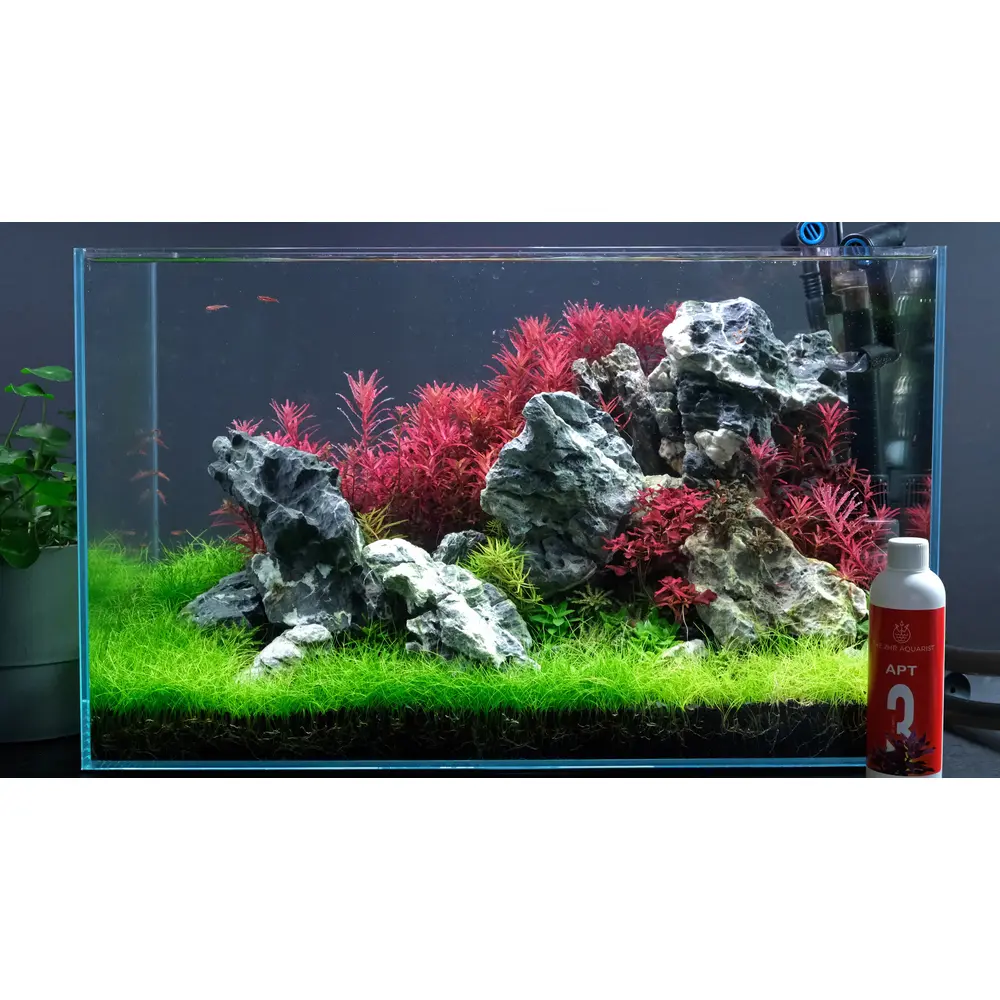Sale!
Pogostemon | Each
₹20.00 Original price was: ₹20.00.₹10.00Current price is: ₹10.00.
Pogostemon stellatus is an aquatic perennial herb from eastern and southeastern Asia, the Indian Subcontinent, New Guinea, and northern Australia. Because of its extensive geographic distribution, there are many different color and leaf forms of this plant in the wild.
In stock
SKU: 2173261312
Category: 1 LIVE PLANTS
- All orders are shipped within 2-3 business days.
- All updates of your order will be shared on what’s app and email.
- 100% Live Guarantee, orders will reach your doorstep, in rare cases/ locations some courier company will request you to collect from their hub, since these are live items please do not hesitate to collect.
- 100 % refund is only eligible when you choose thermocol box at the checkout page for live fishes.
- Only 50% refund is eligible when DOA/damaged on transit when thermocol box is not chosen for live fish.
- All refunds are processed only to the wallet on the website; no cash/bank/UPI transfers are done.
- No Warranty, No guarantee, No exchange or refund on products, Goods once sold cannot be taken back. The product will be checked before dispatch.
- Check out our Google reviews to gain more trust in us!
| Weight | 10 g |
|---|
Related products
-
Tiger Lily | Each
₹80.00Original price was: ₹80.00.₹40.00Current price is: ₹40.00. -
Ammania Gracilis | Each
₹20.00Original price was: ₹20.00.₹15.00Current price is: ₹15.00. -
Amazon Sword | Each
₹25.00Original price was: ₹25.00.₹20.00Current price is: ₹20.00.



















